Discover how national and international trademark registration compare, the pros and cons of each, and which is right for you.
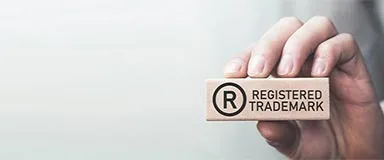
Your cart is empty
*Online Support: Mon-Fri, 9am-5pm (GMT-4). For assistance anytime, send us a message
Applications are handled by experienced local Trademark Attorneys to ensure that all legal requirements are met.
A dedicated Account Manager will act as your point of contact for all communications.
You can use our admin panel to track and review the current status of any service you have requested.
Protect.TM offers a comprehensive suite of services to safeguard your brand globally.
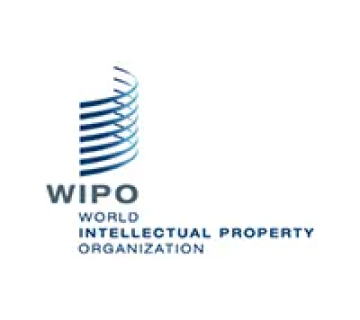
Register you trademark internationally by filing a trademark with the World Intellectual Property Organization.
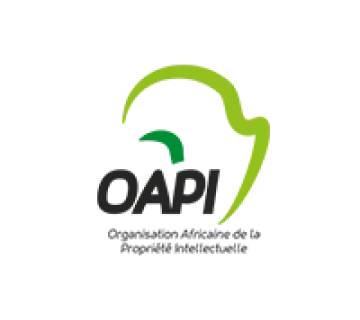
Through this treaty, you will be able protect your trademark in 16 African countries with one single registration.
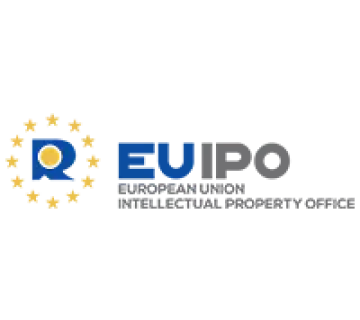
With this registration you will be protected in all countries that currently belong to the European Union.
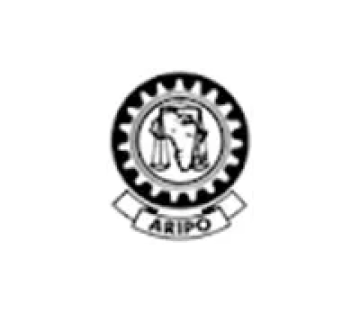
Through this treaty, you will be able protect your trademark in 10 African countries with one single registration.

Discover how national and international trademark registration compare, the pros and cons of each, and which is right for you.
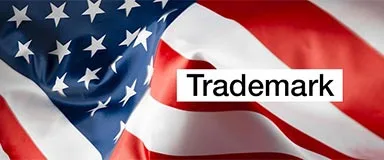
Discover the best ways to protect your trademark and reduce the risk of any trademark infringements or fraud involving your brand.
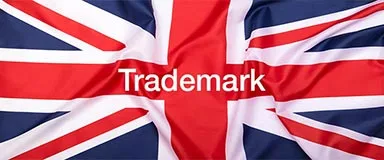
Find out some of the most common reasons why U.K. trademarks may be challenged, rejected, or refused, and how to avoid it happening.